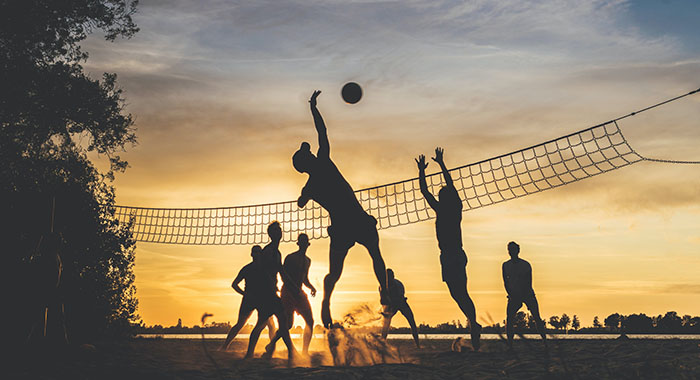
Confronting crisis as a community
Dr O’Grady compares the COVID-19 pandemic with other community crises, such as bushfires, and finds some common patterns. In a typical crisis there are four stages:
- Pre-disaster: The warning and build-up to the disaster
- Impact: The onset of the disaster
- Community cohesion: The coming together of the community in supports of one-another
- Reconstruction and recovery: The period of rebuilding
What makes the pandemic unique, says Dr O’Grady, is that there have been numerous impacts spaced over several years.
‘If we think about COVID, we have had multiple impacts and we still to some degree, are experiecing some level of impact,’ says Dr O’Grady.
Being stuck in the impact stage means that we cannot fully move towards reconstruction and recovery, leaving the community constantly braced for periods of impact.
‘We are still going through periods of some uncertainty.’
Impacts on students during lockdown
As students transitioned to online learning in the early days of the pandemic they found their day-to-day lives significantly altered. While some thrived in remote learning, others struggled with the distanced platform and lack of socialisation.
One of the biggest impacts of the pandemic on students was the loss of routine, which Dr O’Grady says is vital. While some students handled the transition to online learning well, some found it difficult to adjust to the sudden loss of structure. Much of the work Dr O’Grady did with students during the pandemic was to help them re-establish thier routines.
An unexpected outcome for Dr O’Grady was the rise in disordered eating among young people. She says that eating plays a key role in managing stress and establishing a sense of control, and that for many young people, their changed eating patterns were indicative of changes to their psychological wellbeing.


Ongoing impacts on students
With the return to some level of normality in 2022, Dr O’Grady is starting to identify some of the long-term impacts of lockdown on students. In her practice, she has seen an uptick in anxiety disorders.
Many young people have experienced anxiety about the return to in-person learning. Some have had trouble re-establishing social skills that were stunted by the prolonged isolation periods whilst others are struggling with the ongoing uncertainty of the current pandemic period.
Dr O’Grady reported that many young people were happy to wear masks as it gave them something to ‘hide behind.’ This was a result of ‘losing some of that self-confidence and that sense of comfort in being out in the world.’
Re-establishing in-person routines has also been a challenge for some, with Dr O’Grady stating that some students were having difficulty attending their classes on time. She noted that adults have also struggled to reinstate their routines so it is understandable that young people would struggle as well.
Supporting young people moving forward
To combat these issues, Dr O’Grady emphasises the need for an evidence-based approach. She points parents and educators towards resources such as those on the Student Wellbeing Hub to provide a framework for supporting students.
Dr O’Grady reminds us that most students have demonstrated incredible levels of emotional resilience during the pandemic and will be able to bounce back on their own using their usual support systems. Creating an educational environment that teaches social and emotional learning will provide more structure and support to help students through this period. Only a small number of students will require extra help, and for them it is important for educators and parents to recognise signs of distress and seek interventions early.


